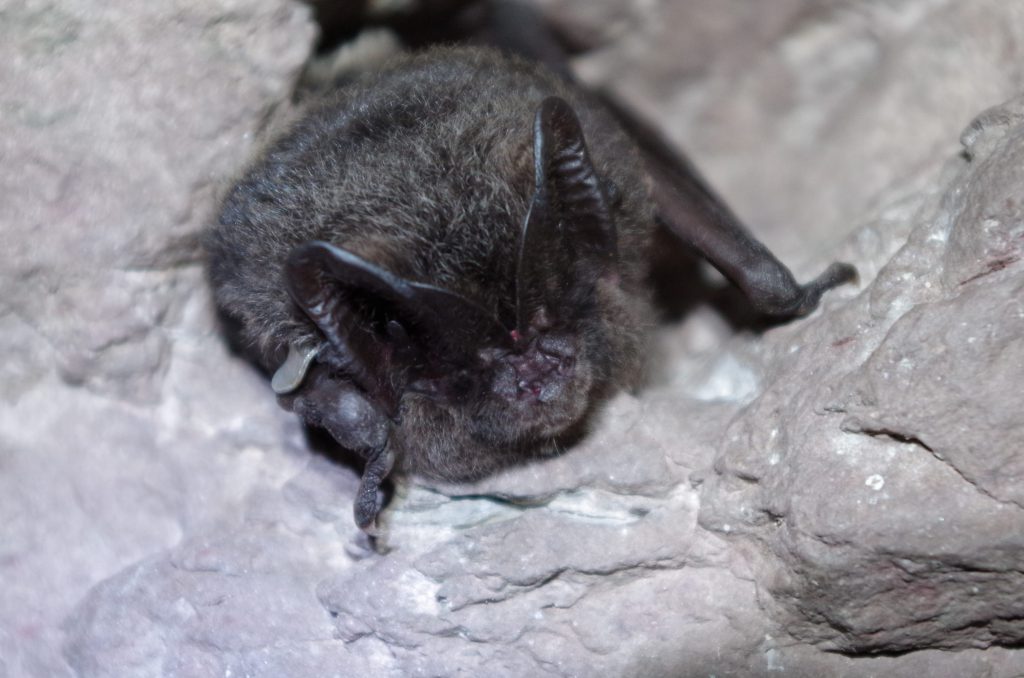In line with an article by Röse et al. in the next issue of Nyctalus (Volume 19 Issue 4), where long-term data of hibernating barbastelle bats (Barbastella barbastellus) in Thuringia were analysed, there is an analysis on climate data and barbastelles in Poland in an issue of Nature Scientific Reports. As discussed in the paper from Thuringia, warmer winters can lead to changes in the hibernation behaviour of bats, such as the barbstelle discussed in both papers, which prefers to hibernate at low temperatures. The choice of hibernation site is crucial, as the temperature conditions in the hibernation site influence the animals’ torpor. In the work of De Bruyn et al. the temperature-dependent use of the hibernation sites of barbastelles was investigated. Here, the bats and temperature were studied in an underground bunker system (known as “Nietoperek”) and in free-standing bunkers in the surrounding area in western Poland. Population trends of polish barbastelles also show a similar pattern to Thuringia. Until about 2005, analyses indicated stable or even increasing populations, after which there is a negative trend. The authors further analysed the thermal variability of the hibernation sites, comparing the large underground bunker system with the small free-standing bunkers in the surrounding area. They documented that the seasonal variability is higher in the small bunkers and thus the winter temperatures are colder than in the underground system. On the other hand, the short-term variability in the bunkers was surprisingly lower than in the underground system. The explanation for this lies in the thermal air flows, which are greater in the underground system than in the small bunkers. This makes small free-standing bunkers (which get cooler but where there is little air movement) a more stable environment for hibernation of “cold-loving” bats in warm winters, provided temperatures in the bunkers do not fall below freezing. Therefore, bats use both the warmer underground system (in cold winters) and the colder bunkers (in warm winters). During the last decade, a continuous series of warm winters occurred and the population of barbastelles partially moved from the underground system to the bunkers. The authors suggest that the current increases in temperature due to climate change are expanding the potential numbers of hibernation sites, at least for barbastelles. The study shows that long-term data are important to understand the use of hibernacula by bats. In conclusion, the study also shows that small hibernacula are likely to become more important in the future. However, it remains open how/if other species (e.g. of the genus Myotis) that require different hibernation conditions than the pug bat will be able to adapt with changing hibernation conditions in the future.

Original study:
De Bruyn, L., R. Gyselings, L. Kirkpatrick, A. Rachwald, G. Apoznański & T. Kokurewicz (2020): Temperature driven hibernation site use in the Western barbastelle Barbastella barbastellus (Schreber, 1774). Scientific Reports (2021) 11:1464. https://doi.org/10.1038/s41598-020-80720-4
